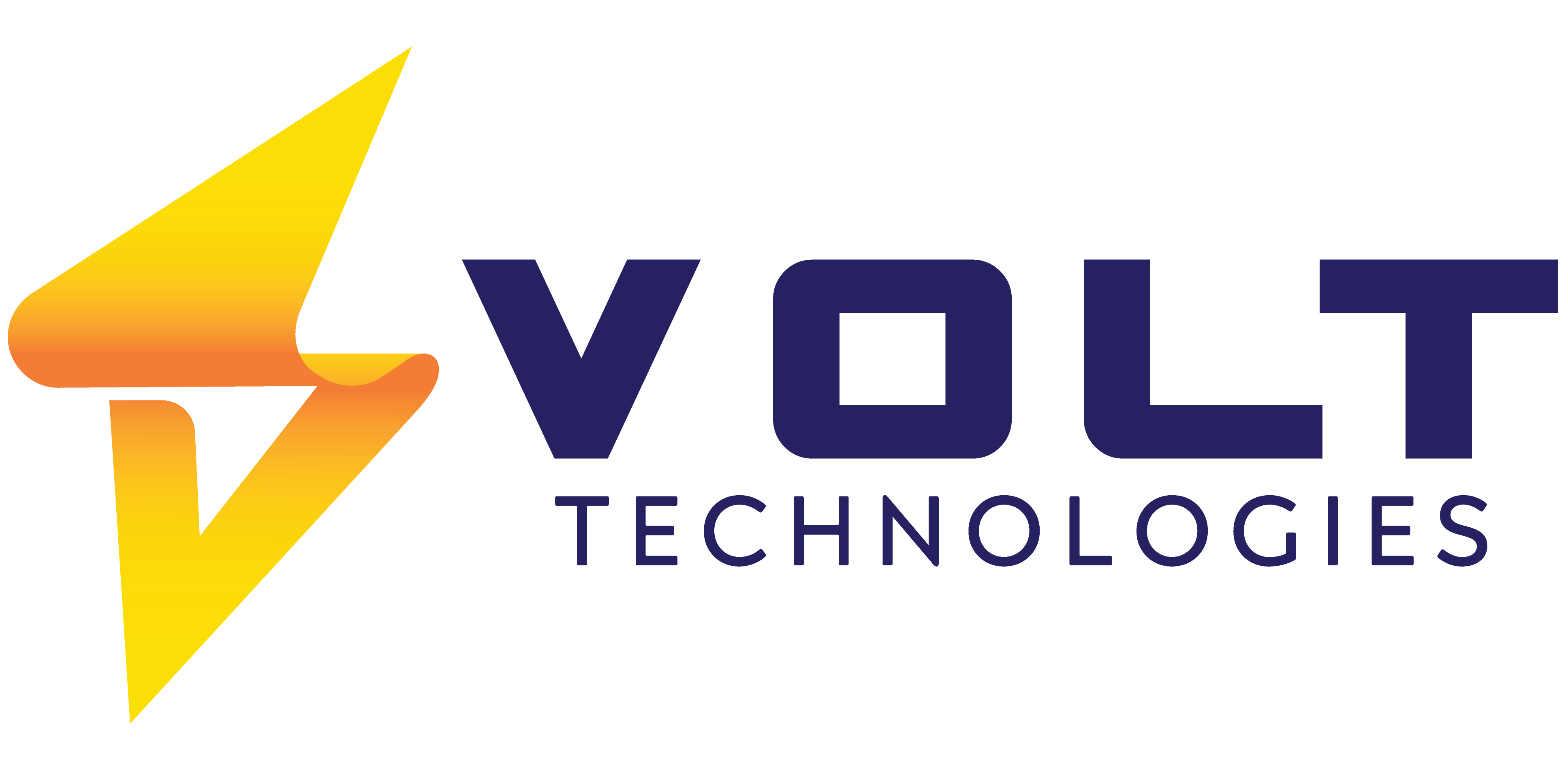Modernizing Apparel System Architecture with Dynamics 365


Microsoft Dynamics 365 | Simplify your IT footprint and make decisions faster.
- July 8, 2025
Modernizing Apparel System Architecture with Dynamics 365
The apparel industry is evolving fast fashion brands and retailers must manage complex operations, fragmented supply chains, and increasing consumer demands across digital and physical storefronts. Yet, many still rely on outdated, siloed systems that slow down growth. That’s where Microsoft Dynamics 365 Business Central comes in. As a modern, cloud-based ERP solution tailored for the fashion and apparel sector, it brings automation, integration, and visibility into every thread of your business. If your legacy setup struggles to keep pace, it’s time to explore how modern apparel ERP systems can help you scale smarter.
The Apparel Industry’s Legacy Architecture – A Common Reality
Many small to mid-sized apparel businesses still operate with fragmented technology stacks built over time. These systems may have served well in the past but now create friction across order processing, fulfillment, accounting, and inventory management.
Disconnected Systems & Manual Integrations
From the transcript, a typical legacy architecture in apparel includes:
- Point of Sale (POS): Integrated with scanners, receipt printers, and cash drawers, often hard-wired and isolated from central systems.
- E-commerce Platforms: Shopify, BigCommerce, or similar platforms with minimal real-time connectivity.
- Order Management System (OMS): Ingests orders from retail and online but lacks direct sync with finance and warehouse modules.
- Warehouse Management System (WMS): Sometimes Excel-based, requiring manual data transfers from the OMS.
- Financial Tools: Tools like QuickBooks or Excel that demand manual inputs to reconcile transactions.
- Product Lifecycle Management (PLM): Often spreadsheets for product development, pricing, and launch planning.
These disconnected apps rely on manual integration, increasing the chances of errors and time delays a common pain point in fashion and retail.
Common Bottlenecks and Inefficiencies
- Double data entry between systems
- Manual reconciliation between sales and inventory
- No unified source of truth
- Zero real-time insight into customer demand or stock levels
This fragmented landscape not only slows down operations but also limits scalability, accuracy, and decision-making especially for apparel companies trying to grow omnichannel operations.
Benefits of Modern System Architecture for Fashion Brands
Modernizing your apparel ERP system with Microsoft Dynamics 365 Business Central isn’t just about replacing old tools; it’s about transforming how your fashion business operates. When architecture moves from fragmented systems to a unified ERP solution, fashion and textile companies gain agility, real-time data visibility, and scalability.
Key Benefits for Fashion and Apparel Brands:
1. Centralized Operations
By integrating PLM, OMS, WMS, and financials within Dynamics 365, brands eliminate manual data entry and drastically reduce errors. This end-to-end apparel ERP solution serves as a single source of truth, improving coordination across departments.
2. Seamless Supply Chain Management
Modern architecture enables real-time inventory tracking, automatic replenishment alerts, and supplier collaboration. Brands can reduce lead times and improve fulfillment accuracy with integrated supply chain tools in Dynamics 365.
3. Omnichannel Capabilities
With pre-built connectors and APIs, D365 for retail and apparel can integrate with platforms like Shopify, Instagram Shop, or TikTok Shop, enabling a true omnichannel retail experience. You can manage returns, refunds, and promotions centrally.
4. Enhanced Decision-Making with AI & Analytics
Built-in AI tools and Power BI dashboards offer predictive insights on customer trends, inventory turnover, and production bottlenecks. This empowers faster, data-driven decisions.
5. Low-Code Extensibility and PLM Integration
Thanks to Microsoft’s low-code tools and Azure-enabled apps, your system remains composable. You can customize product development cycles or integrate PLM systems directly into Business Central with minimal dev overhead.
Dynamics 365 Future State: A Streamlined Architecture
Transitioning from legacy architecture to Microsoft Dynamics 365 Business Central represents a paradigm shift for fashion and apparel companies. In the legacy model, systems like Point of Sale (POS), Order Management (OMS), Warehouse Management (WMS), Financials, and Product Lifecycle Management (PLM) often exist in disconnected silos resulting in manual workarounds, delays, and error-prone integrations.
With Business Central, these fragmented modules are consolidated into a single, cloud-based platform. This modernized system architecture for fashion retail not only eliminates redundant tasks but introduces seamless data flow between operations.
Key Upgrades in the Future State:
Unified Core Modules
- Financials, sales, purchasing, inventory, PLM, and OMS all exist inside Business Central reducing the need for separate tools and syncing.
- No more error-prone Excel-based WMS or PLM spreadsheets.
Intelligent POS and CRM Integration
- Built-in point of sale and CRM tools allow real-time updates from in-store and online transactions.
- Improve customer engagement through centralized contact and loyalty tracking.
AI-Powered Forecasting
- Embedded AI in Dynamics 365 helps with sales predictions, demand forecasting, and returns optimization driving smarter production and stocking strategies.
Seamless Connectivity with E-Commerce Platforms
- Dynamics 365 integrates with Shopify, BigCommerce, and other platforms to automate product listings, inventory syncs, order pulling, and refunds, reducing reliance on middleware.
Microsoft Productivity Suite Integration
- Tools like Excel, Outlook, Teams, and Word now connect natively with your ERP, creating a frictionless user experience and real-time updates across tools.
This architecture transformation not only streamlines data management but also unlocks the ability to scale and pivot faster, which is critical for today’s fast-paced fashion and apparel industry.
Best Practices for Modern Apparel ERP Implementation
When modernizing apparel ERP systems, a smooth transition hinges on best practices that align enterprise goals with technology capabilities. Whether you’re migrating from a legacy ERP to Dynamics 365 or starting fresh with a Microsoft Dynamics 365 apparel solution, a clear strategy ensures long-term success.
1. Start with a Comprehensive Needs Assessment
Understanding the current challenges and limitations of your existing ERP setup is vital. This includes mapping out gaps across your product lifecycle management (PLM), warehouse management systems (WMS), financial reporting, and supply chain visibility. Businesses should prioritize:
- Inventory accuracy and control
- Multichannel order fulfillment (e-commerce + retail)
- Real-time business insights and reporting
- Fashion-specific needs like product variants, seasonality, and SKU complexity
Pro Tip: Use Volt Technologies’ proven frameworks to conduct a system audit and identify optimization areas.
2. Focus on Integration Readiness
Composable ERP for fashion requires seamless integration of e-commerce, PLM, and third-party logistics (3PL) tools. With Azure-enabled ERP solutions, Dynamics 365 provides robust APIs and connectors to support these integrations while maintaining data integrity.
- Sync order and inventory data with platforms like Shopify or BigCommerce
- Integrate Microsoft 365 productivity tools (Excel, Outlook, Teams)
- Embed Power BI dashboards for real-time fashion performance analytics
3. Prioritize User Training and Change Management
Even the most advanced cloud-based ERP for apparel companies won’t succeed if your users aren’t prepared. Focus on training teams with role-specific guidance and building a feedback loop for continuous improvement.
4. Leverage Low-Code Customizations
With low-code ERP modernization, users can tailor Dynamics 365 without expensive development cycles. Microsoft’s Power Platform enables non-technical teams to automate processes, create custom reports, or trigger notifications without writing code.
5. Implement in Phases
Break your ERP modernization in apparel into manageable milestones. Start with financials, then expand to inventory, manufacturing, and customer engagement features.
The Road Ahead: Digital-First Fashion with Dynamics 365
As fashion retailers and apparel manufacturers confront global supply chain disruptions, shifting consumer behaviors, and increasing sustainability expectations, their ERP systems must rise to the challenge. Modernizing your apparel ERP system with Microsoft Dynamics 365 Business Central isn’t just a technology upgrade,it’s a business reinvention.
Microsoft’s cloud-first architecture, embedded AI, and seamless integration across sales, operations, finance, and customer engagement tools provide a solid digital foundation for fashion businesses to scale. Whether you’re managing multichannel inventory, streamlining design-to-shelf workflows, or enabling real-time planning, Business Central offers a future-ready ERP solution.
If your legacy systems are holding you back from omnichannel growth, real-time insights, or operational agility, now is the time to explore the benefits of Microsoft Dynamics 365 for fashion and apparel.
Ready to Modernize Your Apparel ERP?
Volt Technologies specializes in guiding fashion and retail brands through seamless Business Central implementations tailored to their unique industry needs. From strategy to go-live and beyond our team ensures your ERP modernization journey aligns with your growth and innovation goals.Contact us today to learn how we can help you build a connected, future-proof architecture for your apparel business.
